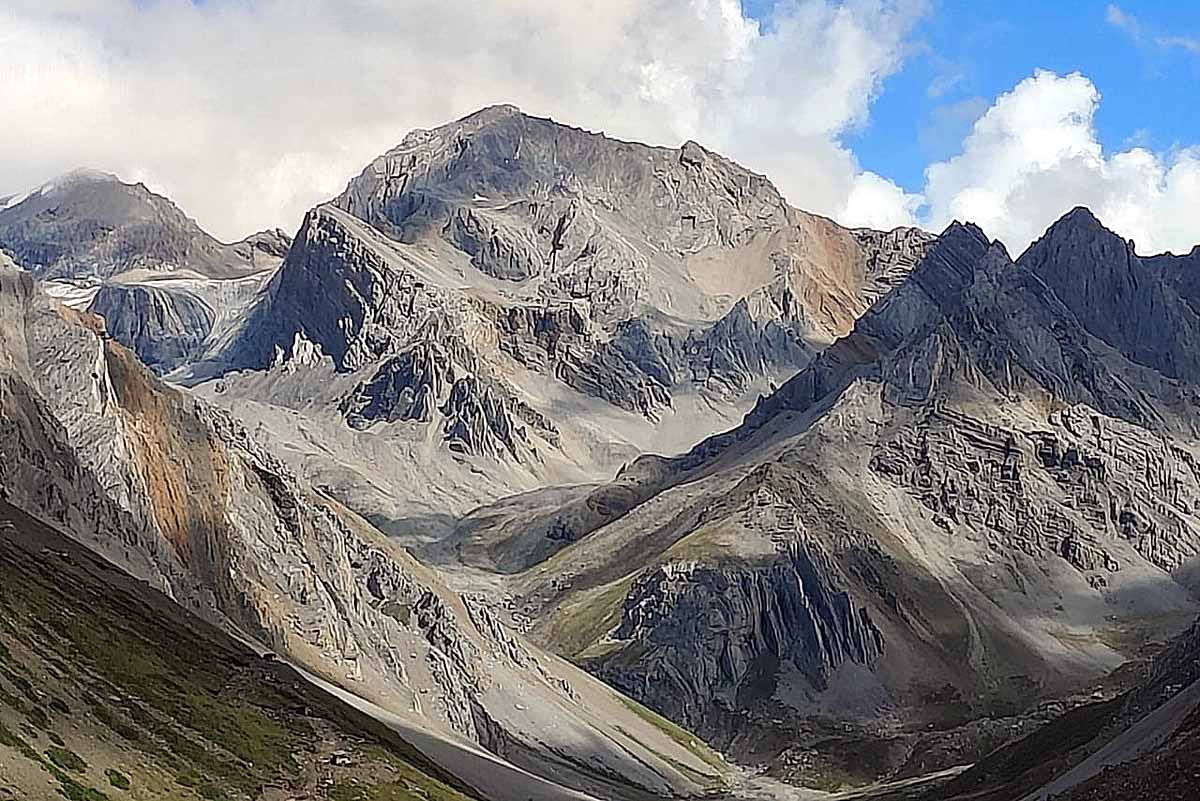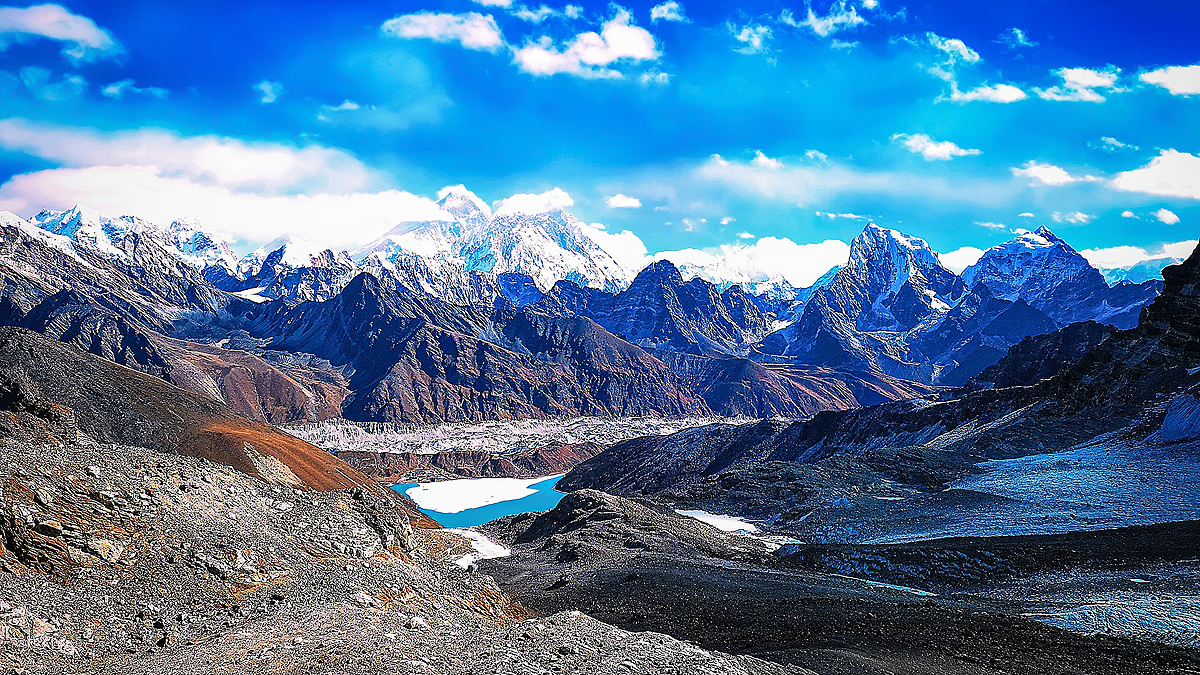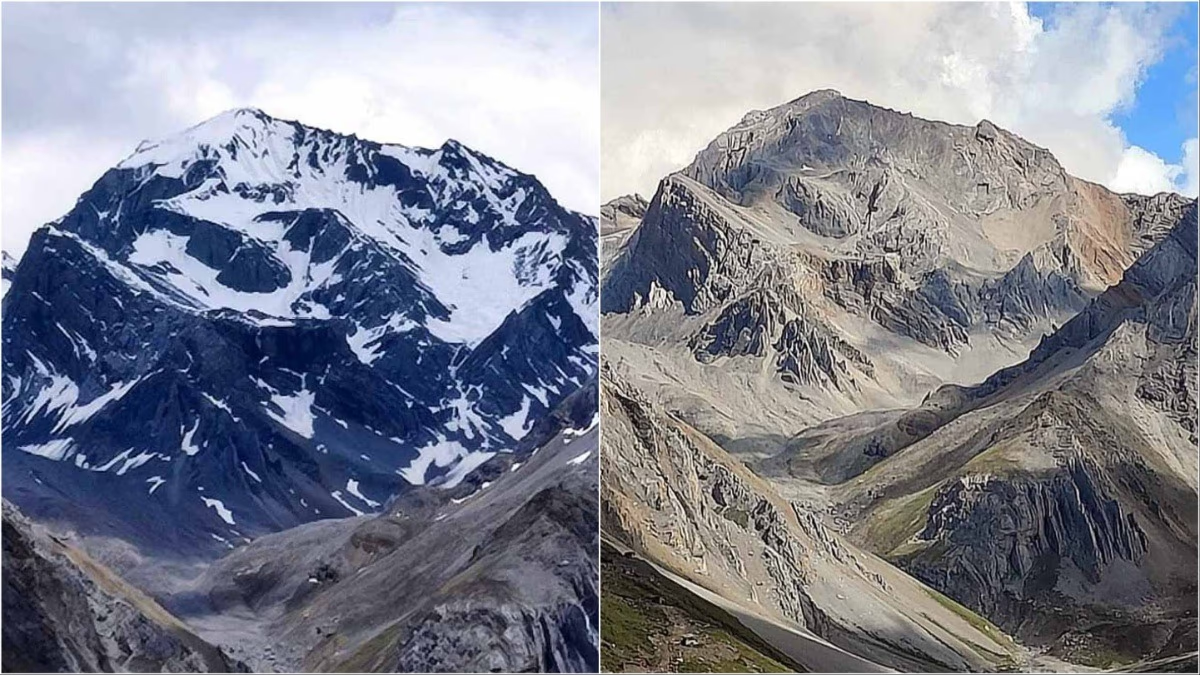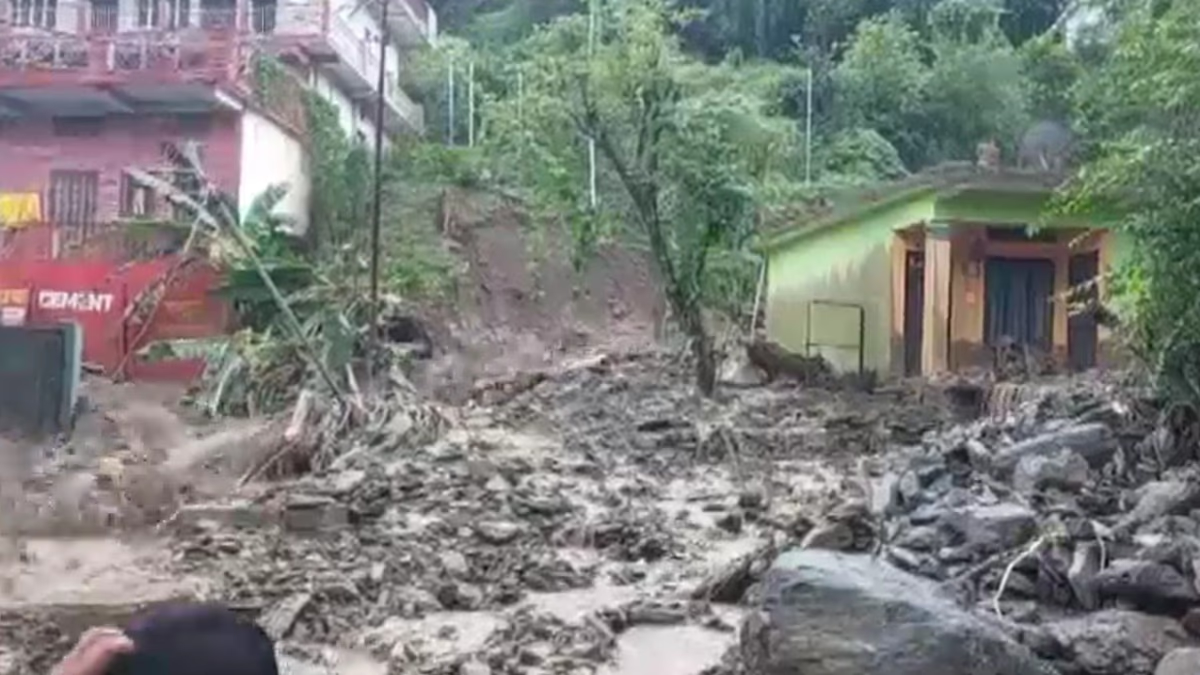The Om Parvat in Pithoragarh, Uttarakhand, has lost its snow, making the OM symbol vanish completely. Now, only a dark mountain is visible. This majestic peak stands at 5900 meters or 19356 feet tall. This unexpected natural event has shocked everyone. Scientists cite climate change and rising temperatures as the primary reasons.
Environmental activist, Kundal Singh Chauhan, said that the grand and divine view of Om Parvat from Nabhi Dhang near the China border in Pithoragarh was a sight to behold. Now, due to global temperature increases, the snow in this Himalayan region is rapidly melting. As a result, the snow on Om Parvat has also disappeared. This event in the Himalayas has stunned everyone. Extensive construction, rising temperatures, and human interference are being blamed for this occurrence.
Read Also:

Source: aajtak
Local environmentalist Bhagwan Singh Rawat remarked that the melting snow on Om Parvat is a serious event and a warning for the future. Scientists should conduct detailed studies to save Himalayan snow in time. Long-term construction projects have been underway in Pithoragarh. Increased tourism has also led to more crowds, altering the climate.
Study Reveals... Himalayas Will Dry Up if Temperature Rises by 3°C
If the country's temperature rises by 3°C, 90% of the Himalayas will face year-round drought. This alarming revelation comes from a new study published in the Climatic Change journal. The worst impact will be felt in India's Himalayan regions, leading to water scarcity for drinking and irrigation.
Read Also:

Source: aajtak
80% of Indians are facing heat stress. To curb this, temperatures must be capped at 1.5°C under the Paris Agreement. If it reaches 3°C, conditions will worsen dramatically. This study was led by researchers from the University of East Anglia (UEA) in England.
This new study is a combination of findings from eight different studies focusing on India, Brazil, China, Egypt, Ethiopia, and Ghana. These regions face risks of drought, flooding, crop failure, and biodiversity loss due to climate change, global warming, and rising temperatures.




